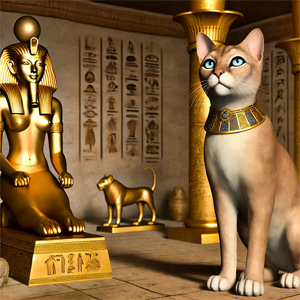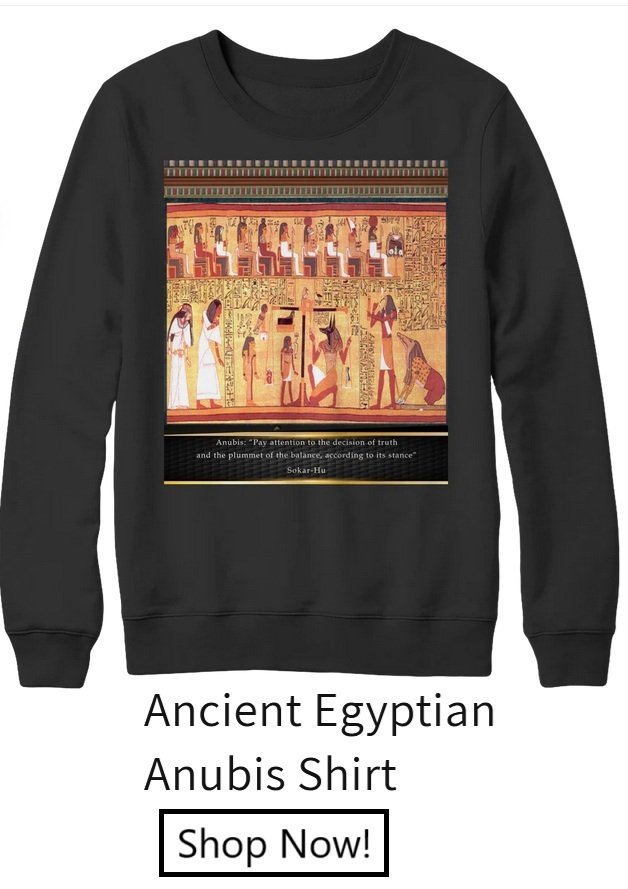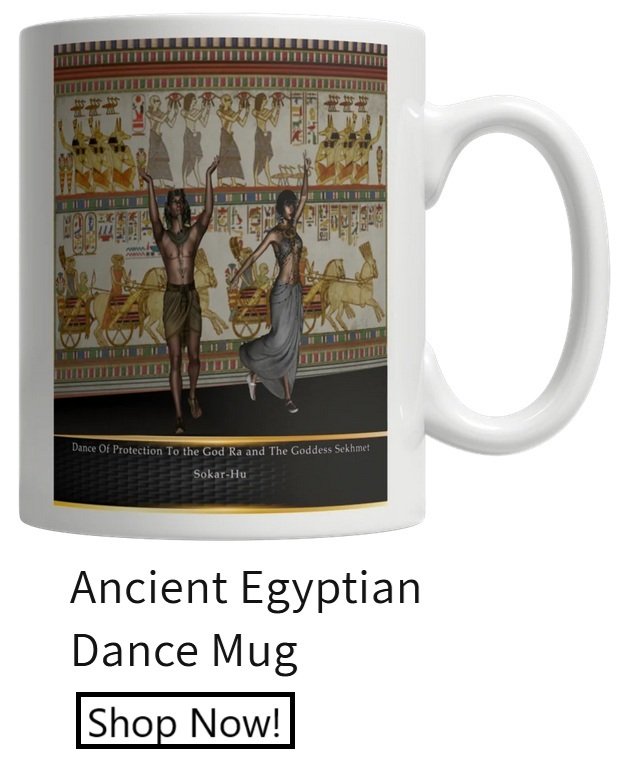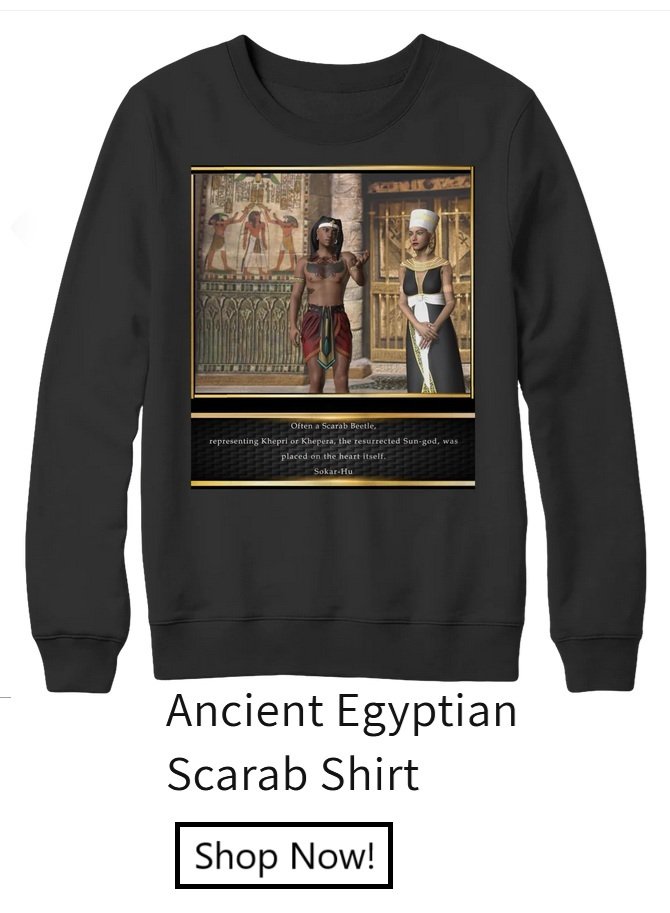 In the heart of ancient Egypt, where the Nile River’s waters flowed like lifeblood through the kingdom, the people held a deep respect for animals that extended far beyond companionship. Among the most revered of these creatures were the cats, guardians of both home and spirit. But the journey of felines from humble pets to sacred protectors was one woven with the fierce energy of the lioness goddess, Sekhmet.
In the heart of ancient Egypt, where the Nile River’s waters flowed like lifeblood through the kingdom, the people held a deep respect for animals that extended far beyond companionship. Among the most revered of these creatures were the cats, guardians of both home and spirit. But the journey of felines from humble pets to sacred protectors was one woven with the fierce energy of the lioness goddess, Sekhmet.
This is the tale of how Egypt’s cats became vessels of divine power and symbols of Sekhmet’s unyielding spirit, transforming from common household animals into creatures of reverence.
A Gift from Sekhmet
In the bustling city of Thebes, under the scorching midday sun, there lived a young temple priestess named Neferura, who served in the temple of Sekhmet. As a child, she’d heard countless stories about the lioness-headed goddess, whose fury could scorch the land but whose compassion could heal the sick. Sekhmet, whose very name meant “The Powerful One,” was feared as much as she was loved, and her temples were filled with offerings meant to keep her favor.
One night, after an intense sandstorm, Neferura found a small, thin kitten with golden fur and large, knowing eyes huddled outside the temple gates. Its fur was matted, and it let out a small, plaintive mew as she approached. With gentle hands, she took the kitten inside, treating it as if it were a gift from the goddess herself.
As the kitten, which Neferura named Sabu, grew, she became a beloved figure in the temple. She would often sit near Sekhmet’s statue during ceremonies, her calm, watchful presence bringing comfort to all who came to pray. It wasn’t long before the temple priests began to believe that Sabu, with her keen gaze and poised demeanor, carried a spark of Sekhmet’s essence.
From that day, Sabu was no longer just a pet. She was treated as a sacred being, adorned with a small collar engraved with symbols of Sekhmet. The people of Thebes would bring offerings not only for Sekhmet but also for Sabu, believing that through her, the goddess watched over them.
Cats as Guardians of the Divine
Word of Sabu, the sacred temple cat, spread beyond the walls of Thebes, reaching the royal palace and the surrounding villages. Inspired by the story of the “cat blessed by Sekhmet,” Egyptians began to regard their own cats with newfound reverence. Cats were already valued for their role in controlling pests, but now they were seen as symbols of divine protection, guardians that could bring Sekhmet’s spirit into the home.
In households across Egypt, people began to leave offerings for their cats, treating them with the same respect they might offer to the gods. Families adorned their cats with small, decorated collars and even dedicated small altars to them, complete with bowls of milk and honey. It was said that having a cat in the home brought the blessings of Sekhmet, keeping sickness and misfortune at bay.
One particularly famous tale told of a cat named Menra, whose presence was said to have saved her family during a plague. When illness struck their village, Menra would sit beside each sick family member, purring softly as if whispering words of healing. To the family, it was no coincidence that they recovered, and the villagers believed that Menra had channeled Sekhmet’s healing powers. From then on, cats became more than mere companions—they were seen as divine protectors, animals that carried Sekhmet’s fierce but compassionate spirit.
Sekhmet’s Emissaries in the Palace
During the reign of King Tutankhamun, the palace itself became a sanctuary for cats, symbolizing Sekhmet’s presence in the royal court. Inspired by the tales of sacred cats, Tutankhamun decreed that cats should be allowed within the palace grounds, where they could roam freely. These palace cats became symbols of Sekhmet’s guardianship over the pharaoh, protectors not only of the palace but of Egypt itself.
In one particular ritual, Tutankhamun would sit before a statue of Sekhmet, with a cat seated beside him as he prayed for protection over his reign. The palace priests believed that the cat served as a conduit for Sekhmet’s blessings, ensuring that the pharaoh’s prayers reached the goddess.
It was said that one of Tutankhamun’s favorite cats, a sleek black feline named Bast, had a particular sensitivity to danger. She would prowl the halls at night, her eyes glowing like embers in the moonlight, as though patrolling the palace on Sekhmet’s behalf. The people came to believe that Bast was not just an animal but an emissary of the goddess herself, sent to protect the young king.
A Legacy of Reverence
As the years passed, Egypt’s devotion to cats grew deeper, and Sekhmet’s influence extended into every home that housed a feline. Egyptian laws soon protected cats, and harming one, even accidentally, was considered an offense punishable by death. This reverence was so ingrained that when a beloved cat died, families would hold funerals, treating the cat’s death as a sacred loss. Some even had their cats mummified, believing that they would be companions in the afterlife.
The role of cats as sacred protectors endured through generations. In temples dedicated to Sekhmet, statues of lions and cats lined the halls, each one symbolizing a facet of the goddess’s power. While lions represented Sekhmet’s wrath and strength, cats symbolized her grace and silent vigilance.
The priests of Sekhmet began to believe that when cats looked directly at a person, they were seeing into their soul, discerning their intentions. This belief was passed down through stories, and parents would often tell their children, “Do not lie to a cat, for Sekhmet sees through their eyes.”
Sekhmet’s Lasting Influence on Egypt’s Sacred Cats
In time, Sekhmet’s sacred animals became an enduring legacy, a reminder that divine power could manifest in the simplest of creatures. Through the goddess’s spirit, felines transformed from pets into protectors, embodying Sekhmet’s fierce guardianship and compassionate nature.
For ancient Egyptians, the presence of a cat was more than comfort; it was a reassurance that Sekhmet herself watched over them, safeguarding their lives with a silent, powerful grace. The evolution of the feline from a household companion to a revered protector reflects the Egyptians’ profound connection with the gods and their belief that the divine could dwell within the earthly, watching over them with unwavering loyalty.
The story of Sekhmet’s sacred cats, born from devotion and awe, reminds us of a time when the line between humans, animals, and gods was blurred, and every creature carried within it a spark of the divine. Through these sacred felines, the spirit of Sekhmet lived on, guarding Egypt’s people and her pharaohs with the quiet strength of a predator, the calm of a healer, and the vigilance of a guardian.




 In the heart of ancient Egypt, where the Nile River’s waters flowed like lifeblood through the kingdom, the people held a deep respect for animals that extended far beyond companionship. Among the most revered of these creatures were the cats, guardians of both home and spirit. But the journey of felines from humble pets to sacred protectors was one woven with the fierce energy of the lioness goddess, Sekhmet.
In the heart of ancient Egypt, where the Nile River’s waters flowed like lifeblood through the kingdom, the people held a deep respect for animals that extended far beyond companionship. Among the most revered of these creatures were the cats, guardians of both home and spirit. But the journey of felines from humble pets to sacred protectors was one woven with the fierce energy of the lioness goddess, Sekhmet.